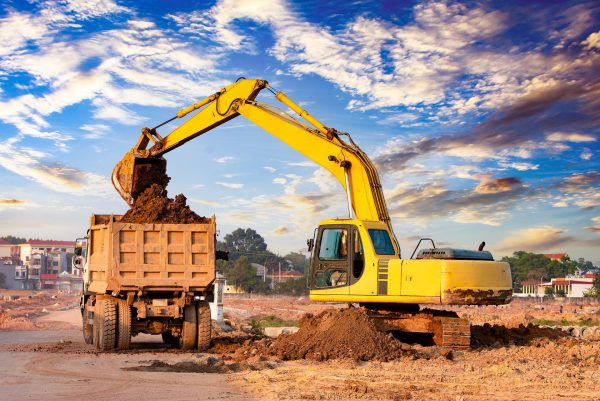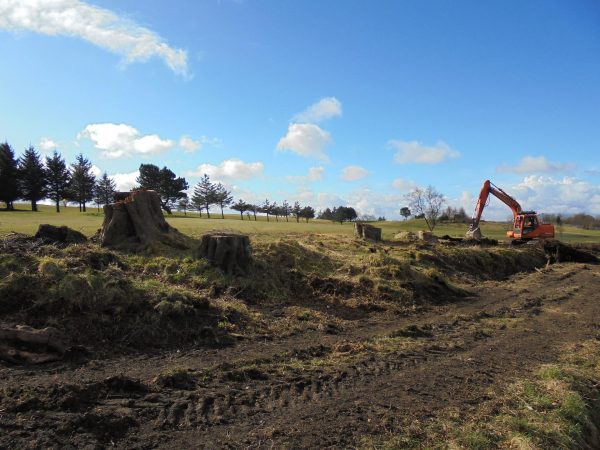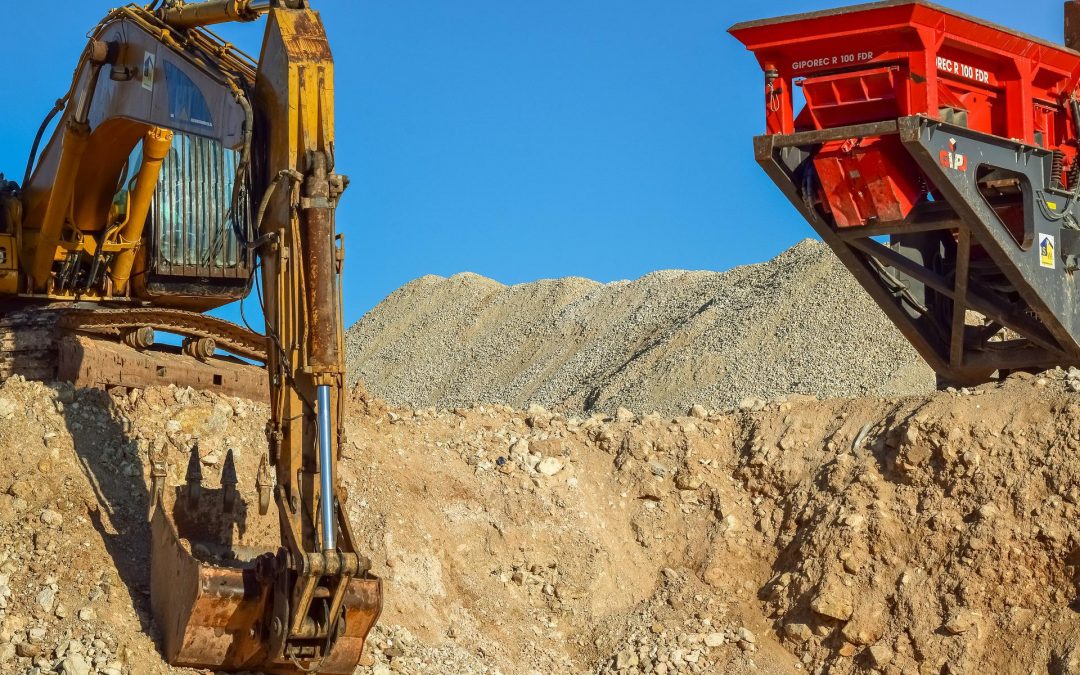What to do with your Dirt (Good Material Management Practices)
Geoenvironmental • Geotechnical
What should happen to soil that gets excavated? Whether it’s done as part of investigative work or during the main construction project, it’s got to go somewhere. There are a few options which vary in terms of costs, time required, and outcome. Alex Peacock takes a good look at the “Ground” element of Ground and Water:
During the development of a site, there is often a significant amount of ‘Waste Soils’ produced, whether this is from the excavation of foundations, digging out a basement, or from a site cut and fill operation.
The first port of call for the ‘waste soils’ is, nearly always, to take the soils to a suitable landfill (Following Waste Acceptance Protocol testing) and pay to have the soils disposed of. If the soil has already been removed from the ground without a prior plan of re-use, under the EU Waste Framework Directive with guidance from CL: AIRE Definition of Waste: Development Industry Code of Practice (DoWCoP), the soil is considered a waste and must be disposed of correctly or incur a potentially very costly landfill tax.
Although the easiest method of disposing of your ‘dirt’ may be to take it to a landfill and pay. This is often not the most cost-effective or environmentally friendly way of managing your soils.
With reference to the DoWCoP, this material doesn’t necessarily need to be classed as waste. With a good Material Management Plan (MMP) one can often reduce the quantity of material that needs to be disposed of in Landfill.

Key Points which must be considered
- An MMP must be pre planned, a retrospective MMP will not be issued if the soil has already been removed from the ground
- Four tests
- Is the material suitable for use without further treatment
- Certainty of use, Is the material definitely going to be used.
- Quantity of material, the quantity of material to be excavated and subsequently used must be accurately calculated.
- Human Health and the environment, will the material cause any issues where it’s intended to be used?

Often writing a good material management plan and understanding what information is needed can seem daunting, as getting it wrong can occur large amounts of tax which could make or break a project. This is where we can help.
We can run through the feasibility of a material management plan for your site and help you understand where material can be re-used.
We can help you understand what information is needed.
We can prepare the material management plan and then have it declared by a qualified person
The key takeaway is that by having a good material management plan, you will be helping both your bottom line and the environment. Who doesn’t like saving cash and creatures at the same time?
